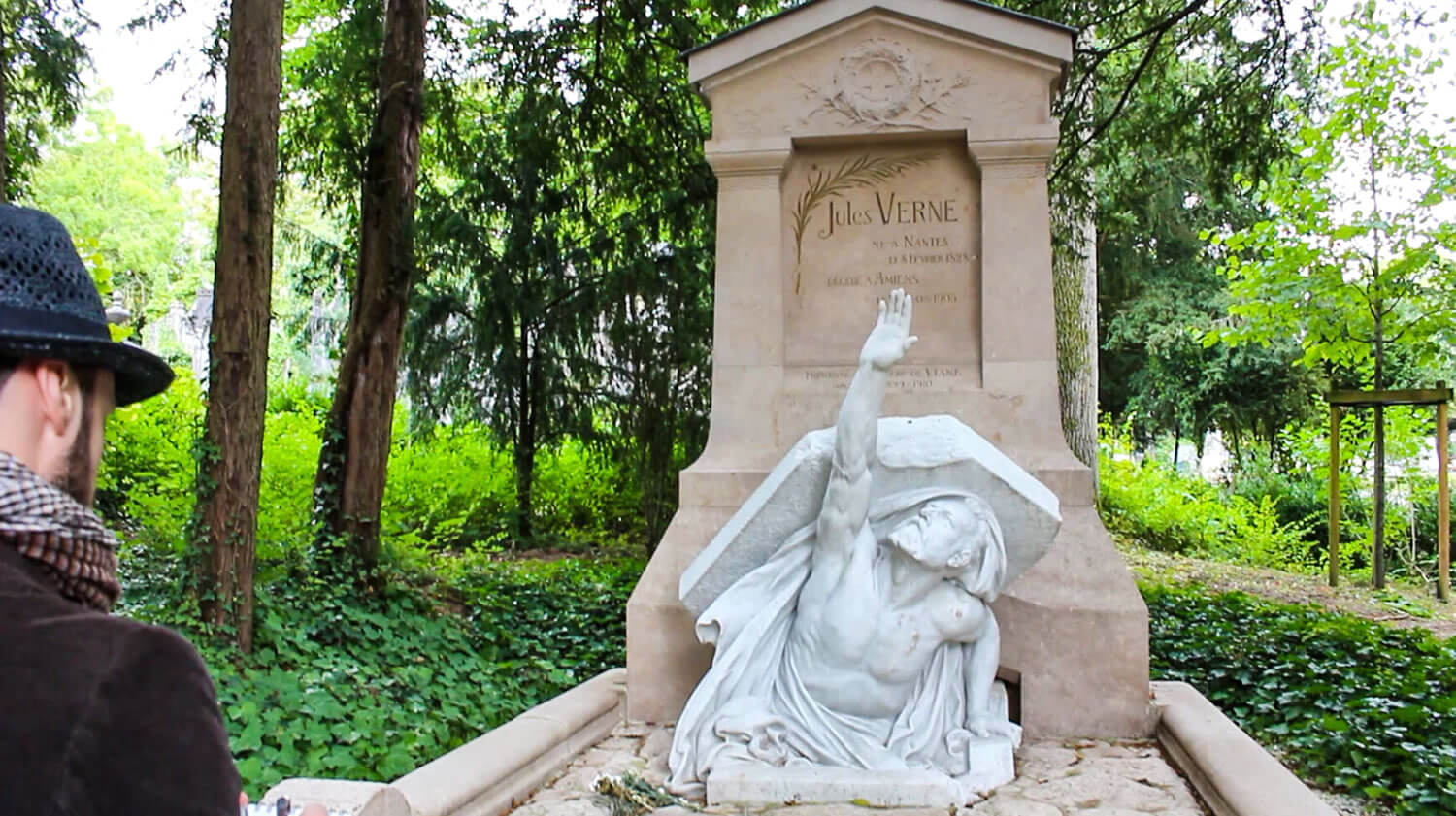
Jules Verne's Time Box contains his unpublished works and mysterious objects
 1
1
 15. 06. 2017
15. 06. 2017

Experts from Descartes University in Paris and The Explorers Club NYC believe that with the help of drones and ground-based reconnaissance radar, they managed to discover a time box belonging to a legendary French writer famous for his books, including the most famous 20 miles under the sea. The center of the Earth and From Earth to the Moon.
One of the most important writers who broke the imaginary boundary between the possible and the impossible is undoubtedly the French writer Jules Verne. Verne was a French novelist, poet and playwright and his most notable works are 20 miles under the sea, Journey to the Center of the Earth, From Earth to the Moon, Around the World in 000 Days, Mysterious Island and 80 Sundays in a Balloon.
Verne became 1979's second most shifting author in the world, ranging from Agatha Christie to William Shakespeare, and is often considered a "Science-Fiction Father".
Experts have now uncovered a timeline that they believe belonged to a French writer. The mysterious metal box has been restored and contains documents, books and strange metal objects of various sizes. It is expected that among the many objects hidden in the time case there may be unpublished materials, which is very exciting for historians and people around the world.
A mysterious time box was discovered near the French Pyrenees in southern France, after scientists studied the tomb of the legendary science fiction writer. The discovery was made possible by a three-month project in which researchers used both aerial photography and ground-based reconnaissance radar.
The report states: Všech All found material… .. complex geological data ……. determines the area in which objects associated with J. Verne can be found ". Experts are still convinced that the metal box was buried either by Jules Verne himself or a person very close to him.
Items found inside the box are now carefully inspected in a secure environment to prevent contamination and ensure proper preservation. However, their condition is not the best and they have been damaged by time. In addition, the researchers also discovered numerous engravings on the outer surface of the metal box. However, due to corrosion, they are barely visible.
While many people have welcomed this exceptional message, skeptics warn that it can not really prove that the box and its mysterious content belonged to the truly famous French writer. But everything that scientists have revealed so far suggests the possibility that they have encountered unpublished material.
The local press wrote that the researchers are already in the next phase of research and are working to reveal the contents of the box to the public in the near future.
Archaeologist from the University of Paris V (Descartes) Elouan Beauséjour, who is considered the father of the find, wrote on Twitter: Hello everyone !! Thank you for your emails and comments. It's exciting, but I'm very busy right now. I apologize for the delay in replying to your messages!






